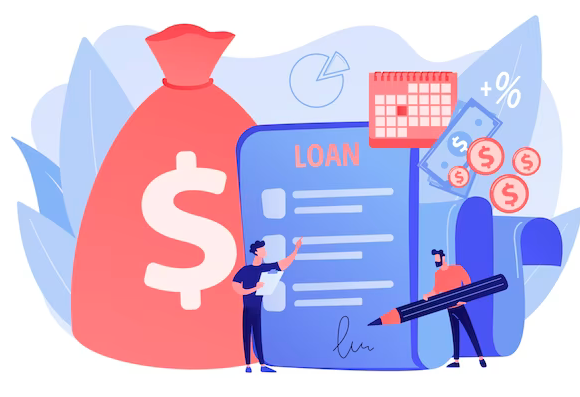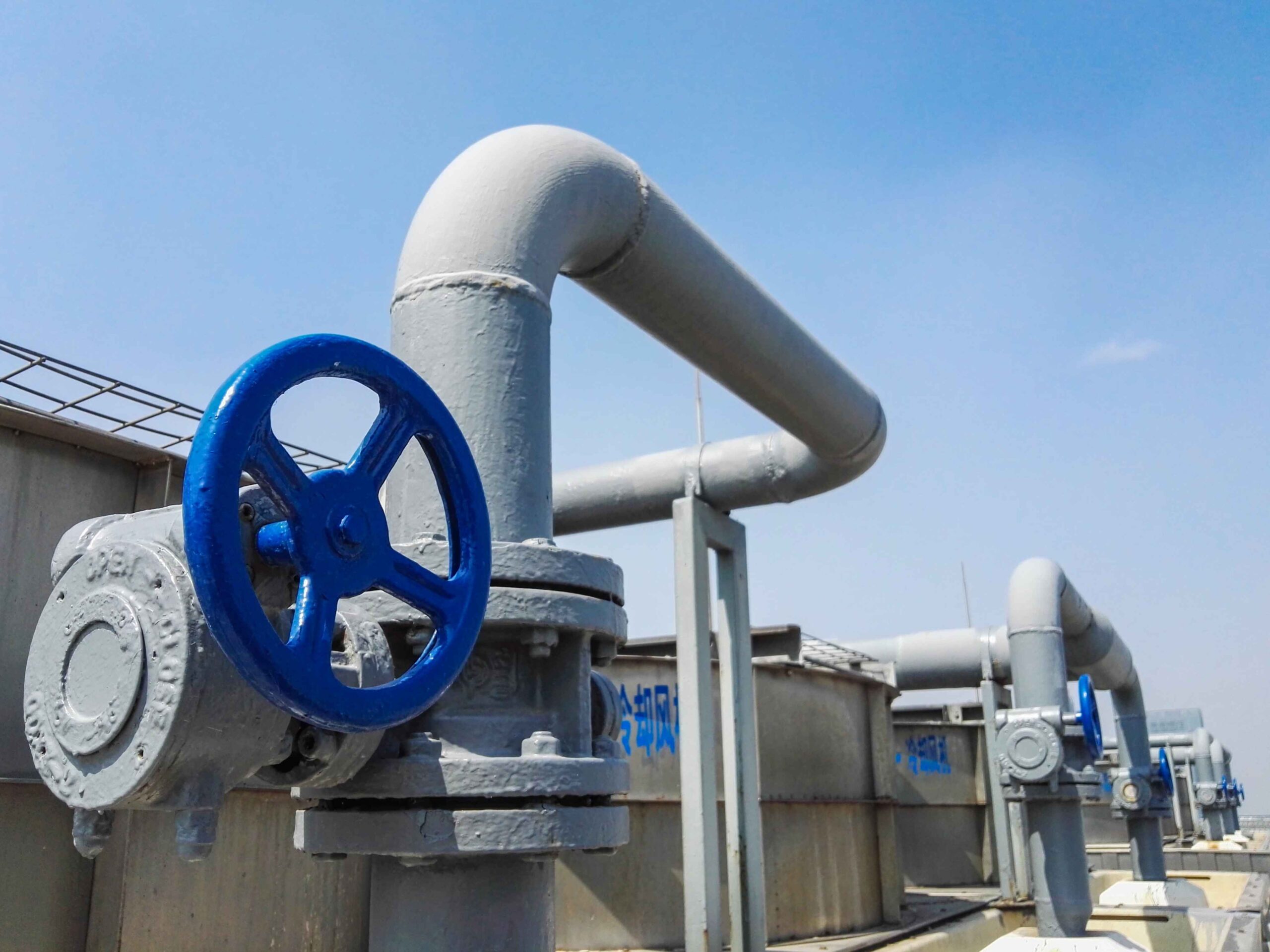Loans are a fundamental part of modern finance, enabling individuals and businesses to achieve various goals and milestones. Whether it’s buying a home, starting a business, or covering unexpected expenses, loans provide access to funds that may not be readily available.
In this article, we will explore the basics of loans, shedding light on what they are and providing insight into the personal loan disbursement process.
What is a Loan?
A loan is a financial arrangement where a lender provides a specific amount of money to a borrower, with the understanding that it will be repaid with interest over a defined period. Loans are categorized based on factors like purpose, term, and collateral. Common types of loans include personal loans, home loans, auto loans, and business loans.
Key Components of a Loan:
- Principal: This is the initial amount of money borrowed by the borrower. It is the actual amount that needs to be repaid.
- Interest: The interest is the cost of borrowing, expressed as a percentage of the principal. It is the profit earned by the lender for providing the loan.
- Term: The loan term refers to the period during which the borrower is expected to repay the loan. It can vary widely depending on the type of loan and the agreement between the borrower and lender.
- Repayment Schedule: This outlines the agreed-upon schedule for repaying the loan. It specifies the frequency of payments (e.g., monthly, or quarterly) and the total number of payments required.
- Collateral (if applicable): Some loans, such as home loans and auto loans, may require collateral. Collateral is an asset (e.g., property, vehicle) that serves as security for the loan. If the borrower fails to repay, the lender can seize the collateral.
Personal Loan Disbursement Process
A personal loan is a type of unsecured loan that is not backed by collateral. It is typically used for various personal expenses, such as medical emergencies, travel, debt consolidation, or home improvements. The disbursement process for a personal loan involves several steps:
- Application Submission: The borrower submits a loan application to the lender. This includes providing personal information, income details, and supporting documents.
- Credit Check and Verification: The lender conducts a thorough credit check to assess the borrower’s creditworthiness. This involves reviewing the borrower’s credit history, credit score, and debt-to-income ratio.
- Underwriting and Approval: The underwriting process involves evaluating the borrower’s financial stability and ability to repay the loan. This includes assessing income, existing debts, and other financial obligations. If the borrower meets the criteria, the loan is approved.
- Loan Agreement and Documentation: Once the loan is approved, the lender provides the borrower with a loan agreement. This document outlines the terms and conditions of the loan, including interest rates, repayment schedule, and any applicable fees.
- Disbursement of Funds: After the borrower signs the loan agreement and provides any necessary documentation, the lender disburses the funds. This can be in the form of a check, direct deposit, or a transfer to the borrower’s bank account.
- Repayment Begins: The borrower begins repaying the loan according to the agreed-upon schedule. This includes making regular payments, which consist of both principal and interest.
Conclusion
Understanding the fundamentals of loans is essential for making informed financial decisions. Whether you’re considering a personal loan or another type of loan, being familiar with key terms and processes empowers you to navigate the borrowing process with confidence. Remember to carefully review loan agreements, consider your ability to repay, and consult with a financial advisor if needed. With a clear understanding of loans, you can use them as a tool to achieve your financial goals responsibly.







